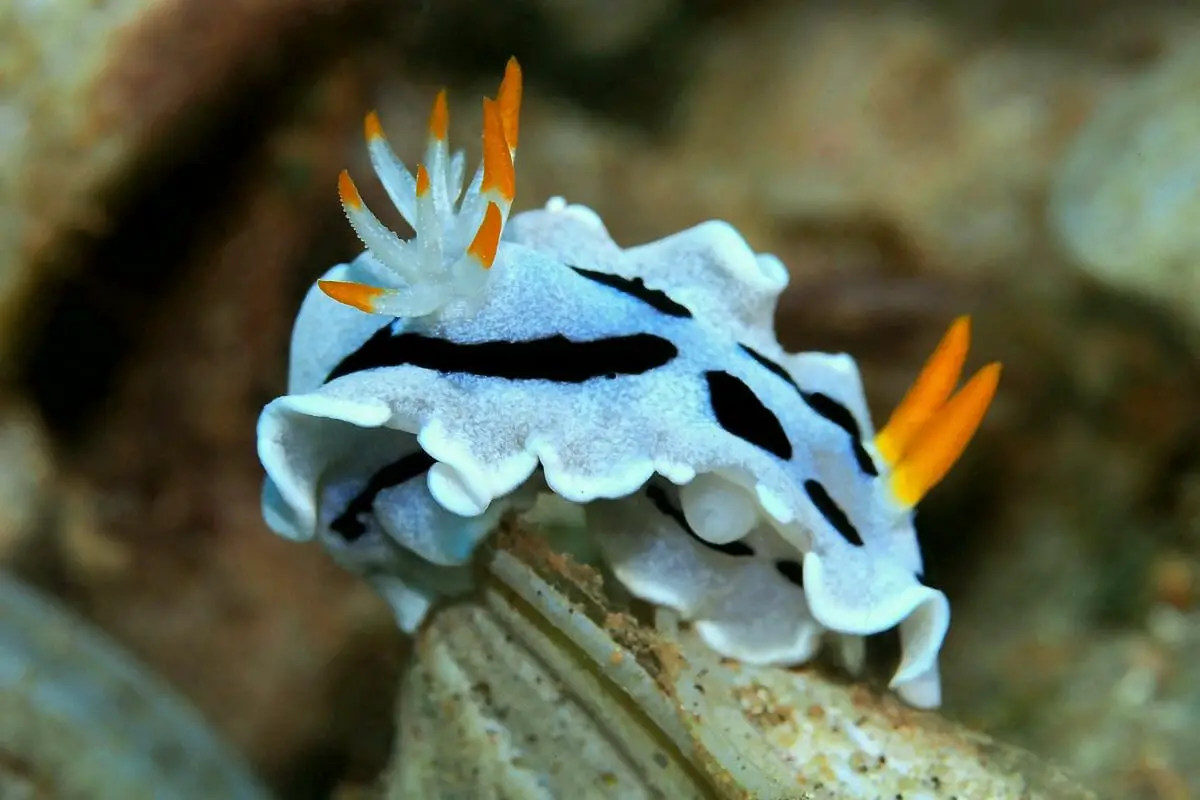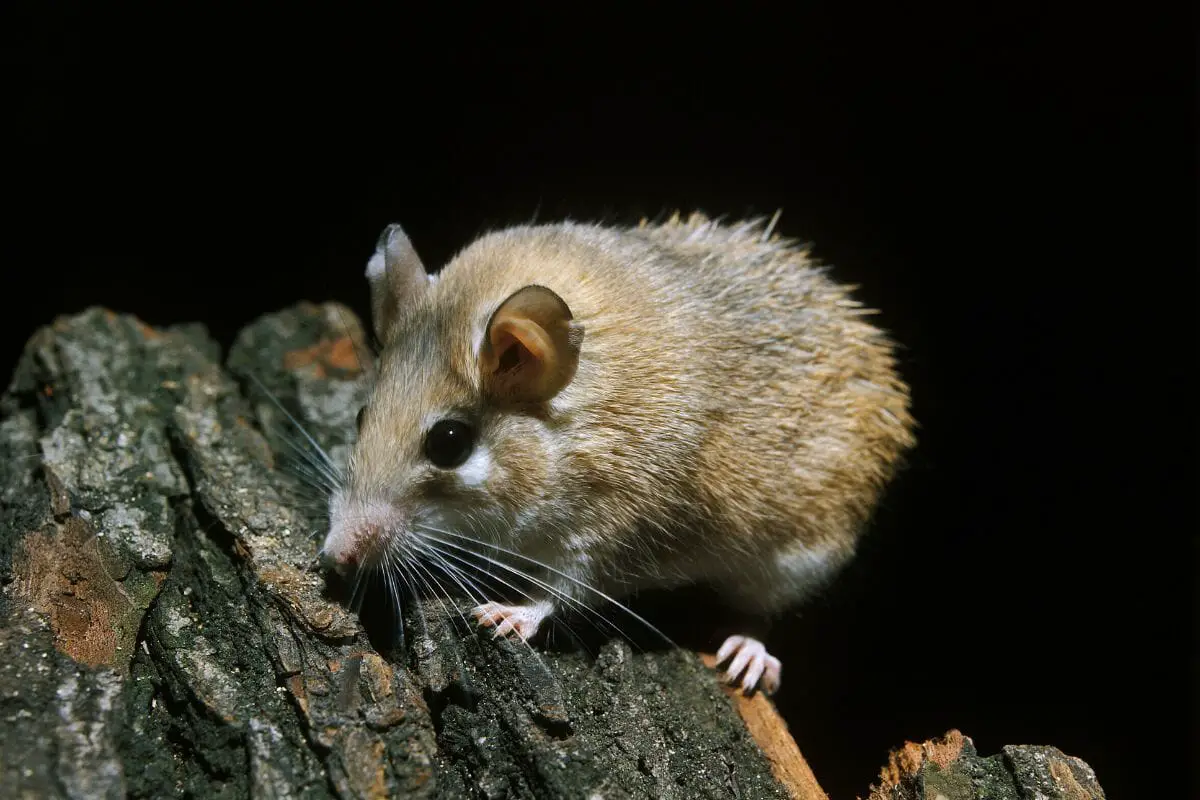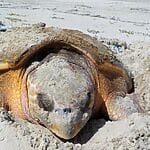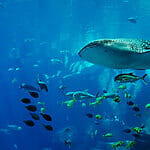When compared to some of these animals on this list, humans can be considered pretty weak. If you happen to cut off a finger, you’re not getting it back unless you have a hospital and some highly skilled surgeons close by.

There is no guarantee you’ll make a full recovery and use your finger to the same extent as before, either. However, what would happen if you could regrow missing body parts?
While this may not be possible for humans, many animals have extraordinary regenerative powers.
With this in mind, we will explore some of the most impressive animals that can regenerate – these animals certainly put humans to shame!
Without further ado, let’s get straight into it!
1. Sea Cucumbers
While sea cucumbers may resemble slugs and share similar habitats, they aren’t related to the sea slug. These creatures can typically be found shuffling around on the ocean floor looking for organic matter that has fallen from above.
Since there are essentially defenseless tubes of flesh, they are extremely susceptible to prey. However, they have one defense that makes them stand out.
When threatened, a sea cucumber will push its internal organs out, creating a sticky mess that drives off predators – this is known as evisceration.
That being said, this defense comes with its own problems, too. Once their organs are out, there is no way to get them inside again. Therefore, they have to grow a set that can take between one to five weeks.
It doesn’t matter whether the sea cucumber ejects its organs through its mouth or posterior, a new digestive tract will begin growing at both ends until it eventually meets in the middle.
Through all this effort, if a sea cucumber feels threatened, it’d have to go through this whole process again of expelling its innards and regrowing them.
While this may not sound worth the effort, it does show the sea cucumbers’ impressive regenerative abilities!
2. Sea Slug
Don’t be fooled by their name, sea slugs are much more interesting than you may think! In addition to being, well, slugs, these live at the bottom of the sea and possess some amazing talents.
For instance, some sea slugs steal jellyfish stinging cells to defend themselves against predators. Moreover, some can even eject slime or ink to scare prey. Then, others chop off their heads!
This species of sea slug known as Elysia Marginata has no problem losing its head, or its whole body for that matter. These creatures feed off algae to absorb the chloroplasts and incorporate them into their body.
Moreover, they use the sun to directly absorb energy. However, since they are slugs, after all, they are virtually defenseless against a number of animals and parasites.
When damaged by parasites, sea slugs can sever their heads from their bodies. Here, the head will crawl around and begin feeding. Then, over time, they’ll regenerate a whole new body.
While the remaining body doesn’t die straight away – with a beating heart still intact – however, it will never be able to grow a new head.
3. Spiny Mice Skin

While mammals are generally not known for their regenerative abilities – whereby once wounded, they typically tend to heal slowly and the result is a mass of scar tissues – however, this isn’t the case for spiny mice.
This group of mice originated from Africa and, over time, has developed a way to avoid this scarring when it comes to wounds.
Despite their relatively fragile and small appearance, spiny mice have a stiff-haired coat that can deter some predators; albeit not all prey.
Although, it is only when grabbed is when these little mice can make use of their special abilities. What makes them unique is their skin. This can be easily torn and, once grabbed, they are able to slough it off – like a coat.
Thus, their attacker is left with a mouthful of skin and fur, and then the mouse is able to run off into safety to live another day. However, the mouse may be missing a large part of its skin as a result.
However, don’t worry, the mouse is able to regrow a large proportion of its missing coat, including sweat glands, hair follicles, and other missing parts that are typically destroyed when scarred – all in a relatively short period of time.
Researchers and scientists have looked towards these spiny mice as a hopefully genetic pathway to regenerative tissue breakthroughs that can potentially be adapted to humans at some point in time.
4. Planarians
Being cut in half would be a big problem for most animals; however, not for the planarian worms. When cut in half, the result is two genetically identical worms that, after a week of regeneration, are none the worse for wear.
These simple flatworms inhabit the deep waters, and, due to their simplicity, they are able to be cut in half and simply shrug it off – well, if they still have a head to shrug that is…
Moreover, it doesn’t even matter where they’ve been cut – whether this is straight in the middle or horizontally from one end of the worm to another – they will be happy worms again in no time.
Plus, they can even be cut multiple times and are left unfazed! You should keep in mind that only 1/1279th of a worm can grow a completely new worm.
Their regenerative powers lie in the adult worms’ stem cells – these make up 20% of their whole body.
These cells are able to create various new tissues throughout the life-cycle of a worm – therefore, they can replace anything they may lose, this includes the brain, too!
This new brain regeneration is particularly of interest to researchers.
From studies, they have found that planarians can be trained to respond to particular stimuli and they can even remember this training – this is even more impressive when you take into account that the brain that has been cut off is distributing and holding this information.
5. Lizard Tails

The process by which animals are able to amputate pieces of their body parts is known as autotomy. This is typically done in extreme circumstances where animals are trying to escape predators.
One famous, albeit slightly horrible, example is the lizard’s ability to cut off its own tails.
To search for prey, lizards have to roam for the safe confines of their shelter, however, this exposes them to the likes of predators, too.
If a lizard were to be snatched by its body or head then there aren’t many routes for escape, however, if they were to bite its tail, then the lizard would have a better chance of escaping.
In a lizard’s tail, there are certain weak spots that can be made weaker by contracting these muscles. This separates the tail, vertebrae, and all from the lizard’s body. Here, it would then fall off, allowing the lizard a chance to escape.
Plus, some amputated tails will remain to wiggle even after being detached – providing the predator with a distraction. The surviving lizard is able to regrow its tail after a couple of months.
While the new tail isn’t the same as the original, since it is made from cartilage as opposed to bone, they work the same.
6. Sponges
Very little animals would like being put in a blender or pushed through a sieve, but for sponges; it’s just another day in the office – or in this case, the lab.
Sea sponges are among the simplest and easygoing animals in the world. They don’t contain any digestive, circulatory, or nervous systems. Their cells remain hugely undifferentiated and can transform into a range of different types over time.
However, while they may appear defenseless on the outside, they have one feature that makes them stand out and have allowed them to survive and thrive for so long.
This lies in the fact that if you break these sponges into individual cells, these will start clumping together. Moreover, if this group contains the appropriate makeup of cells required, then it can regrow into a new, full sponge altogether.
If you were to break up two separate sponges and mix their cells together, then each sponge can differentiate its own cells from others. Therefore, separating them and clumping them back together.
These regenerative abilities are particularly important to the sponge where they are particularly susceptible to being broken into pieces by the ocean’s waves.
These fragments can then be carried to new locations and habitats where they can set home and regrow.
Final Thoughts…
There are many different animals with incredible abilities situated all over the planet. One of these impressive capabilities is regenerative.
Losing a limp isn’t a problem for some of the animals listed in this gift. After a few months or even a matter of days, they can grow it right back!
Hopefully, this guide has informed you about animals with regenerative abilities.








